What is Phonics?
Phonics involves the use of both eyes and ears. It is the sound-symbol relationship. Knowing that the /k/ sound can be spelled with a c, a k, or ck, is a phonics concept.
What is Phonemic Awareness?
Phonemic awareness is the ability to hear, identify, and manipulate individual sounds or phonemes in spoken words. Before children learn to read print, they need to become more aware of how the sounds in words work.
while phonemic awareness involves the ears only. I always say Phonemic Awareness can be done in the dark!
This involves the understanding that a spoken word is made up of individual sounds. A child should be aware of the blending and segmenting of sounds whether verbally or in written words. Phonemic awareness deals with spoken language and students make an effort in manipulating the sounds in words. PA (Phonemic Awareness) relates to reading and writing development. Phonemic awareness is developed through practice and being able to identify and manipulate the separation of sounds in a word. A child should be able to identify a word and its unit of sounds. Either syllables or individual phonemes and how many a word has. When a child is able to identify and blend sounds together, it makes it easier to decode and spell out the word.
An example of phonemic awareness would be when a child hears the word rug, he is able to identify the sounds used /r/u/g/ tell which is first, middle and last, tell how many syllables and how many phonemes or sounds the word has.
PA Continuum
This is a continuum of Phonemic Awareness skills that I try to teach beginning in kindergarten.
I break rhyming into 3 tiers!
- Tier 1 – Do they rhyme?
- Tier 2 – Which 2 rhyme?
- Tier 3 – Can you tell me a word that rhymes?
I begin by reading rhyming books!!!
I also use books for alliteration introduction! Along with Alliteration task cards.
For phonemic awareness task cards you can click HERE to go to my TPT store. I have Phonemic Awareness task cards.
More on Phonics
Phonics is the sound-symbol relationship of letters and the 44 sounds in English. So assigning a p to the /p/ sound or knowing that the /sh/ sound is a special sound called a digraph made up of the letters s and h. These are combinations of letters that can be blended together to form a word. The child must know the letters of the alphabet first and their corresponding sounds. It deals with the written language and is both visual and auditory. Phonics is a method of teaching children how to read easily by combining the sounds of the alphabet to form new words.
An example would be a combination of /b/a/t/ which when combined says BAT.
Direct Systematic Explicit Instruction
With direct, systematic, explicit instruction in phonics, a student will be able to identify and decode the vowels and consonant combinations that could form into words and the student will be able to decode independently.
There are 44 sounds in the English language but they can be spelled a huge number of ways! To get a free sheet of all of them and a cheat sheet of the difference between phonics and phonemic awareness including questions to ask students – sign up below!
Phonemic Awareness and Phonics play a huge role in a student’s life in becoming literate. Phonemic awareness is an important ability to develop decoding skills. Phonics is important to be able to identify the combination of letters and sounds to form a word by looking at it, sounding out the letters, and forming the final word by combining the letter and sound. They both play a huge role in helping the student read easily and confidently.
I hope this has helped you to understand the difference between Phonemic Awareness VS Phonics and why they are both important to future reading success.
PIN FOR LATER
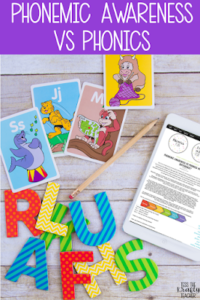



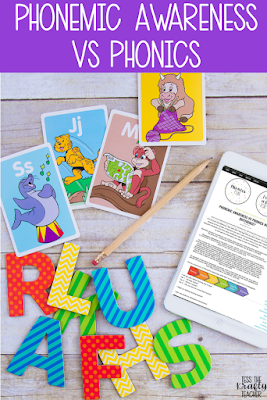

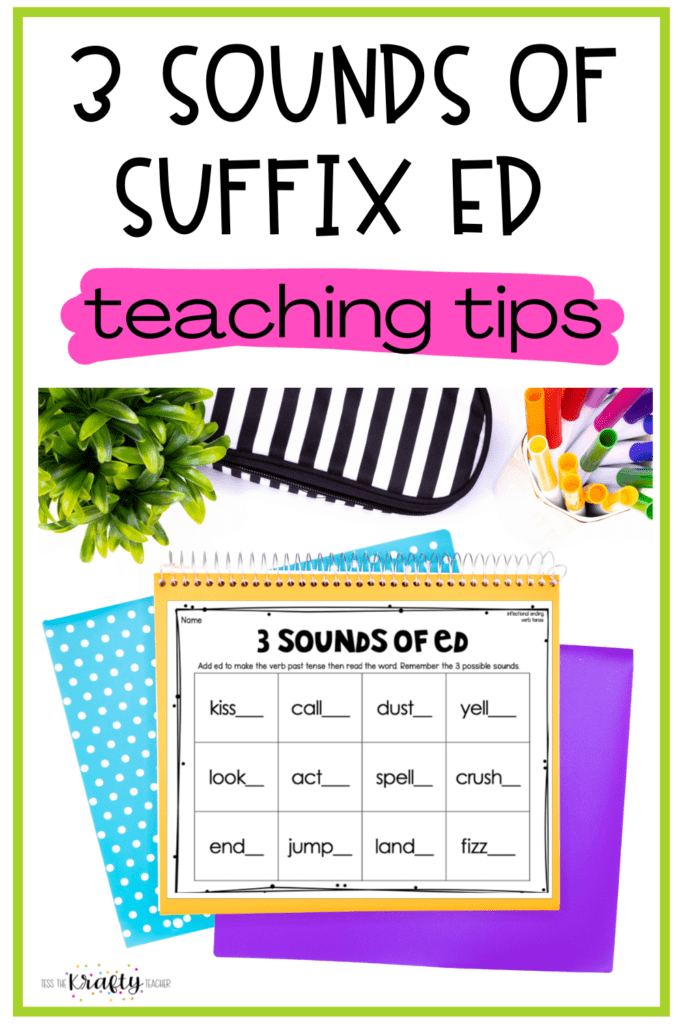
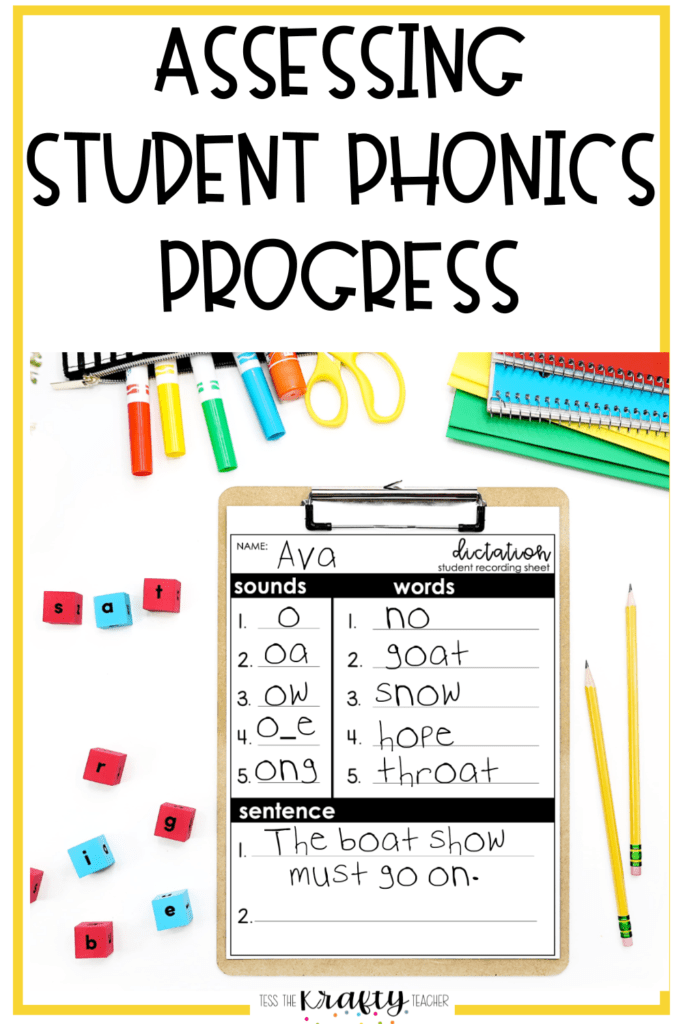
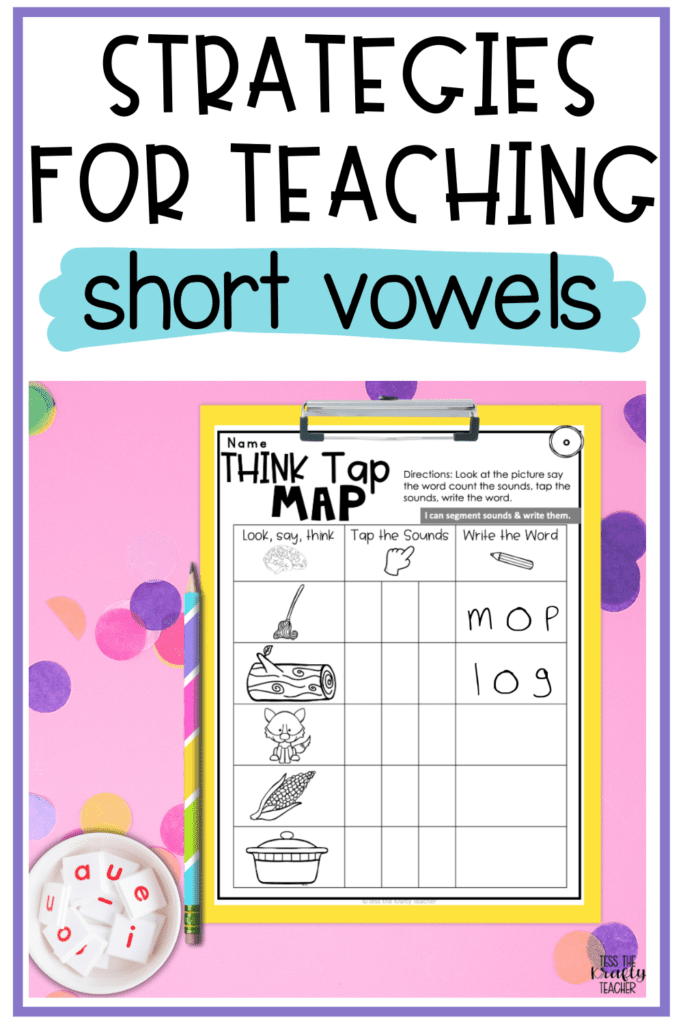

One Response